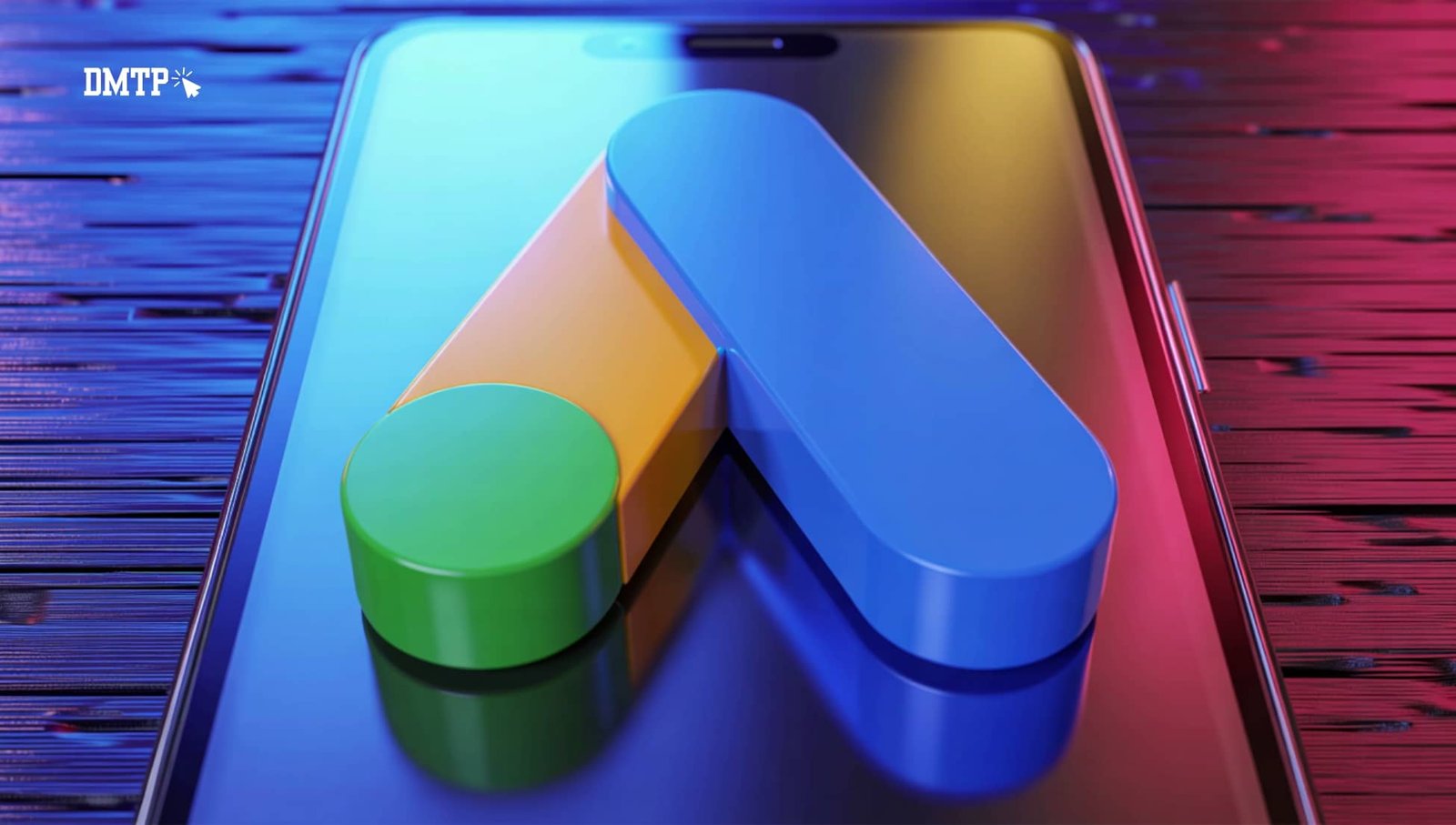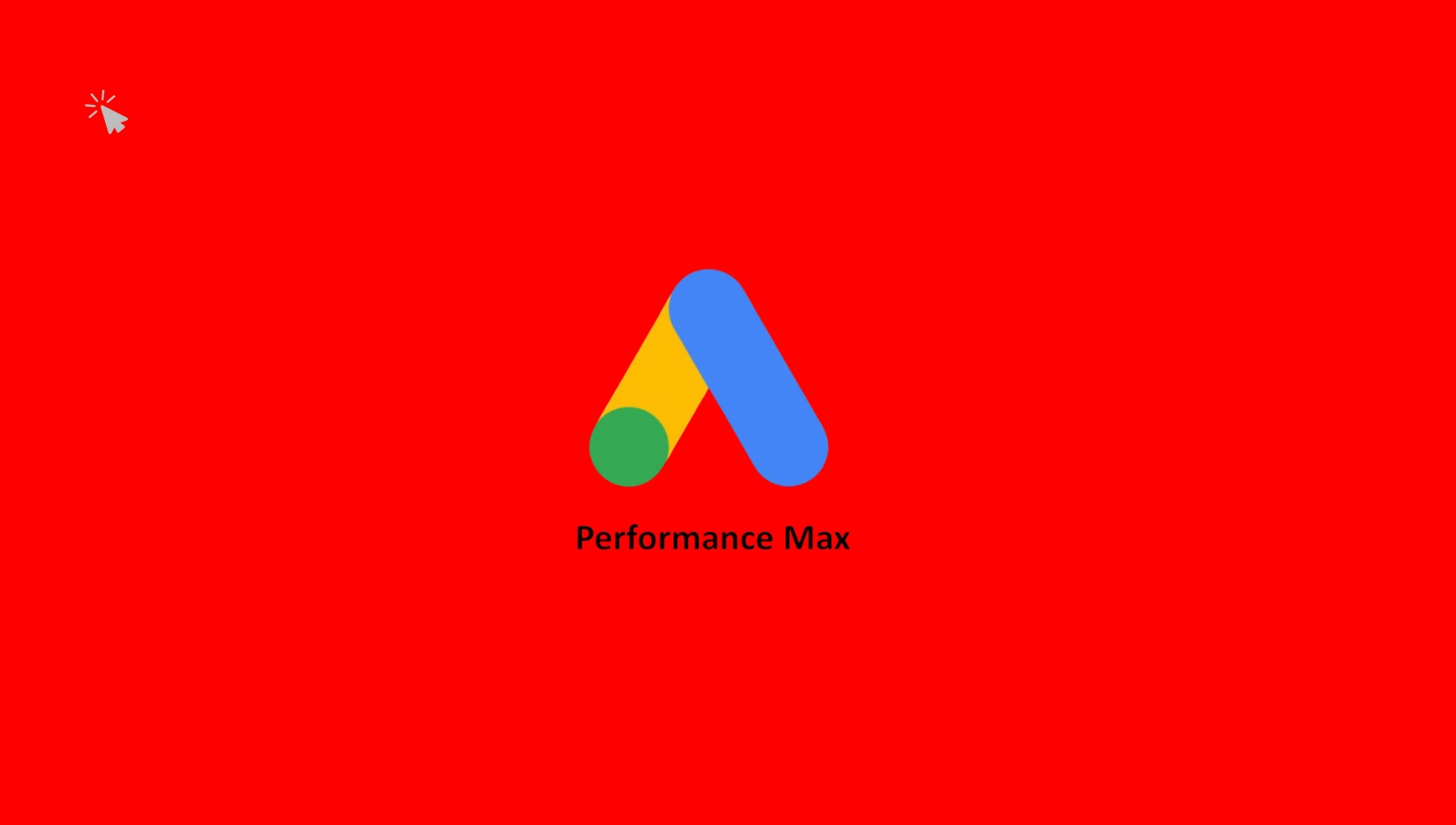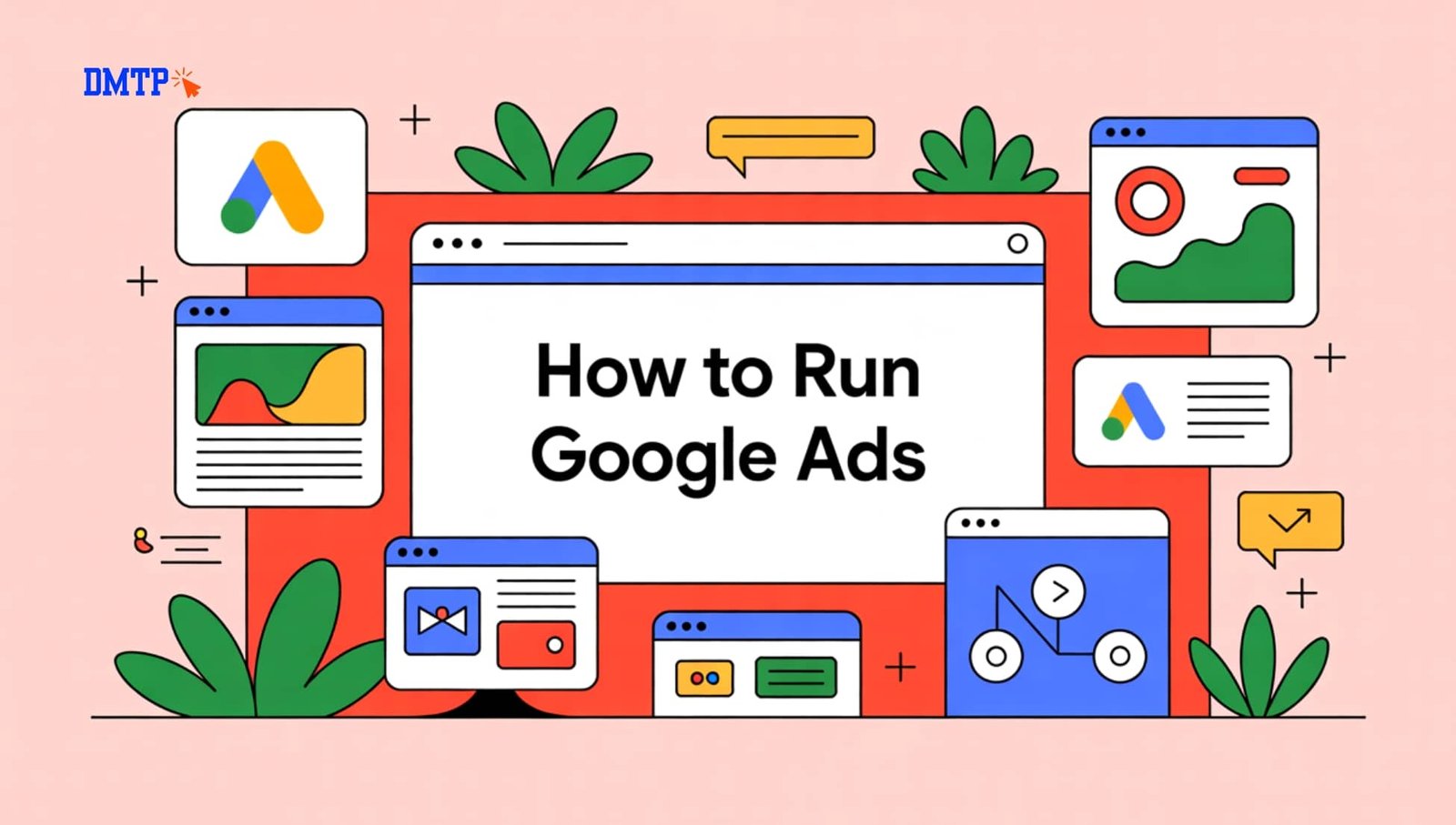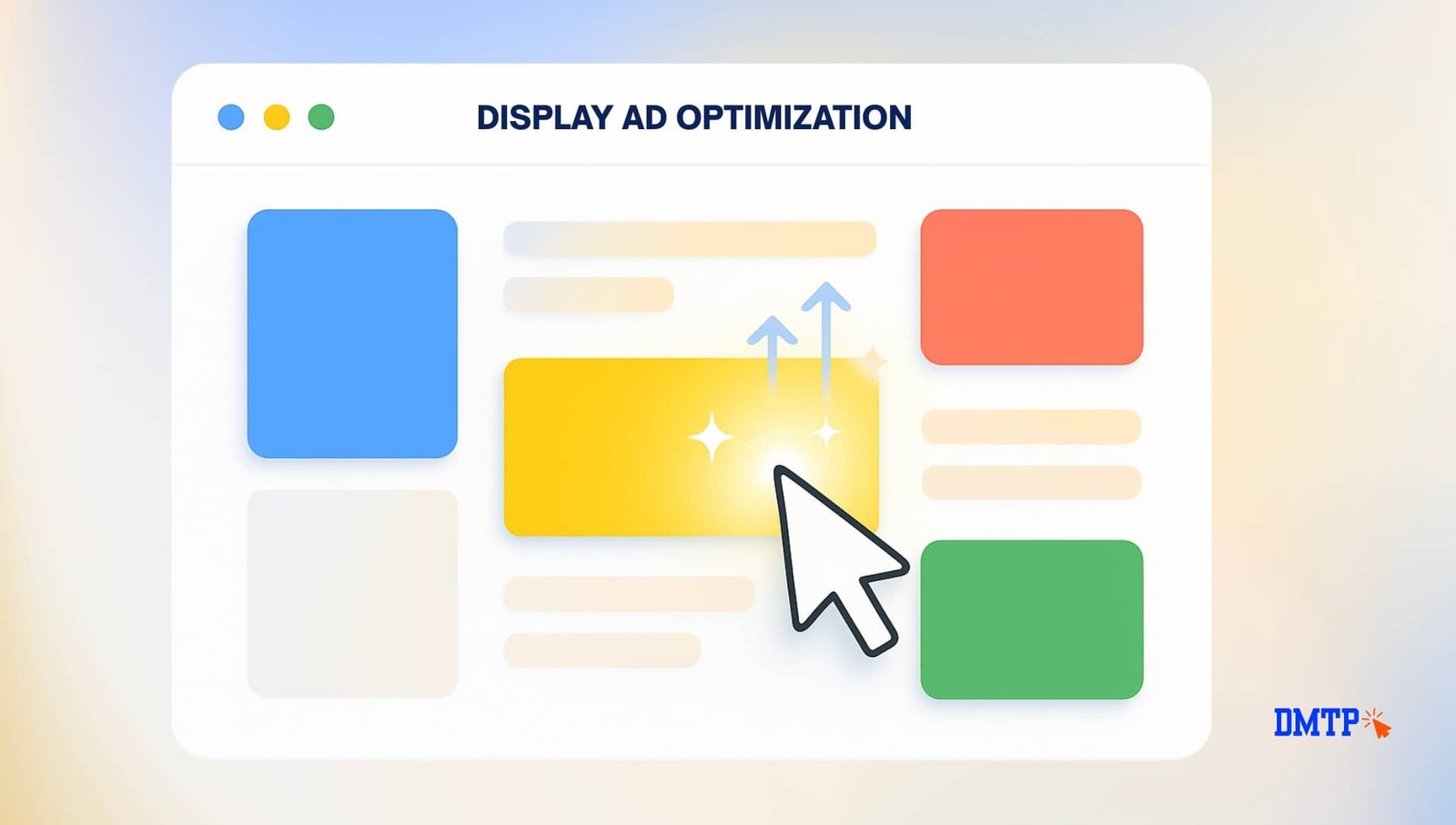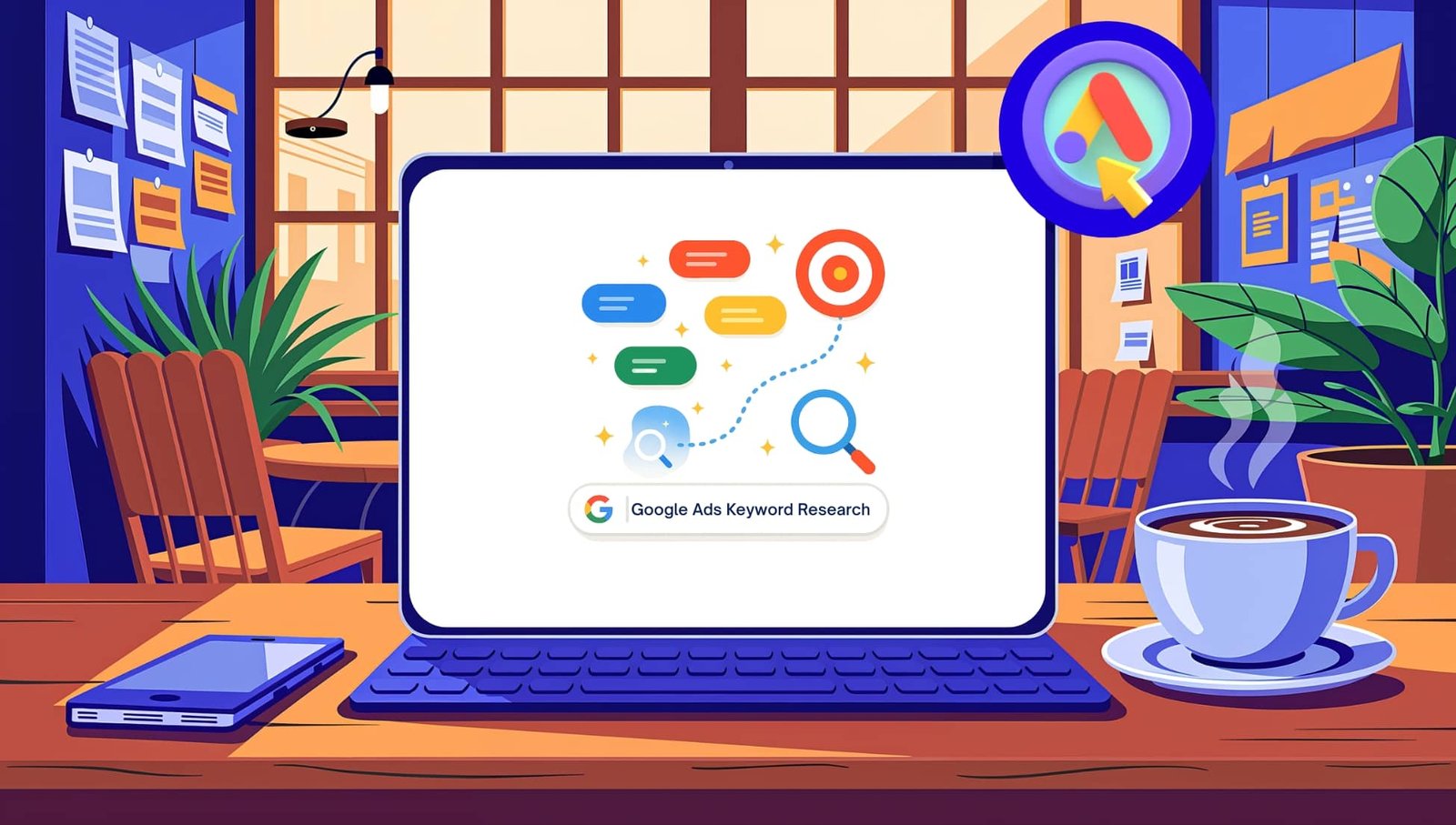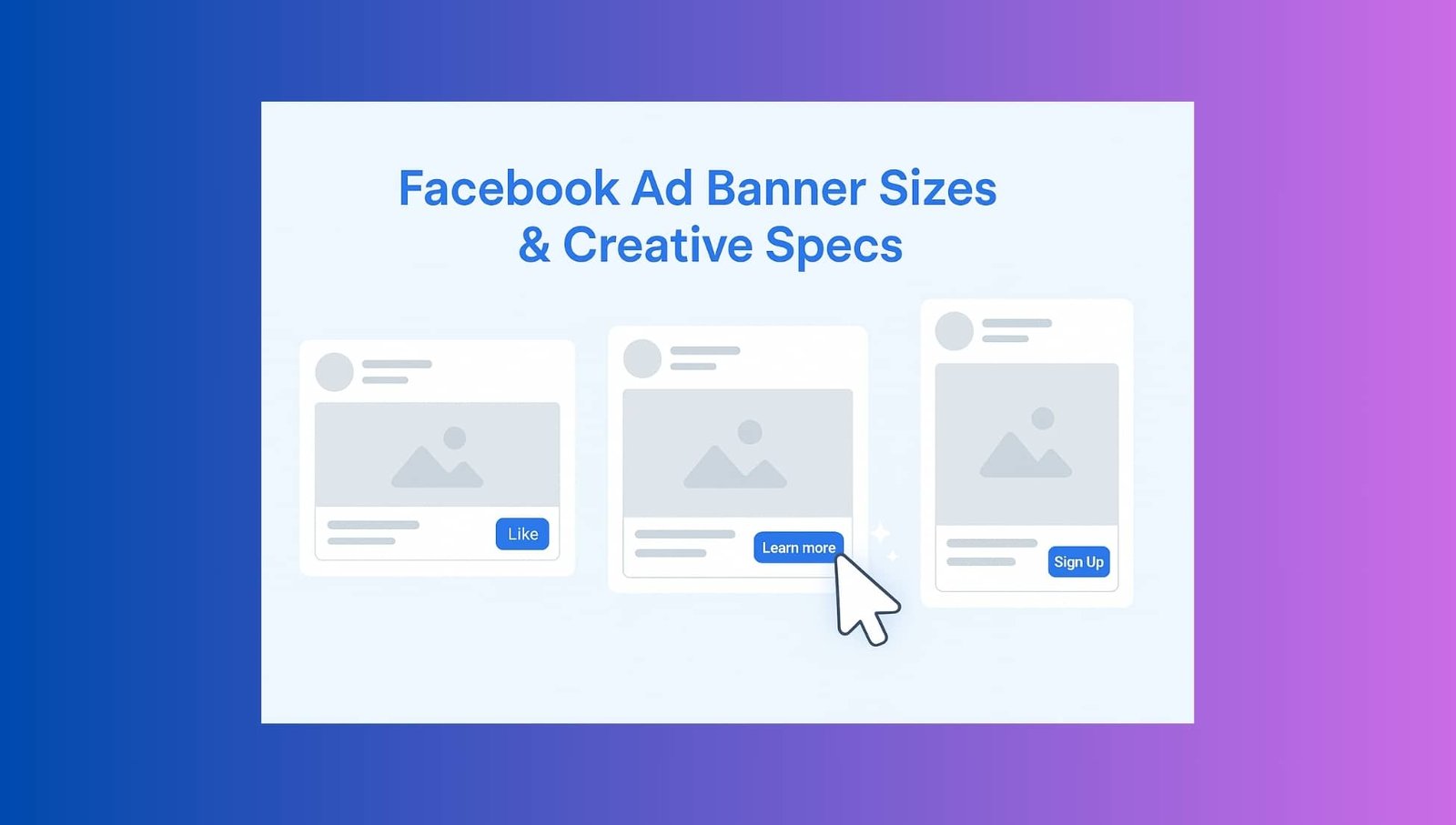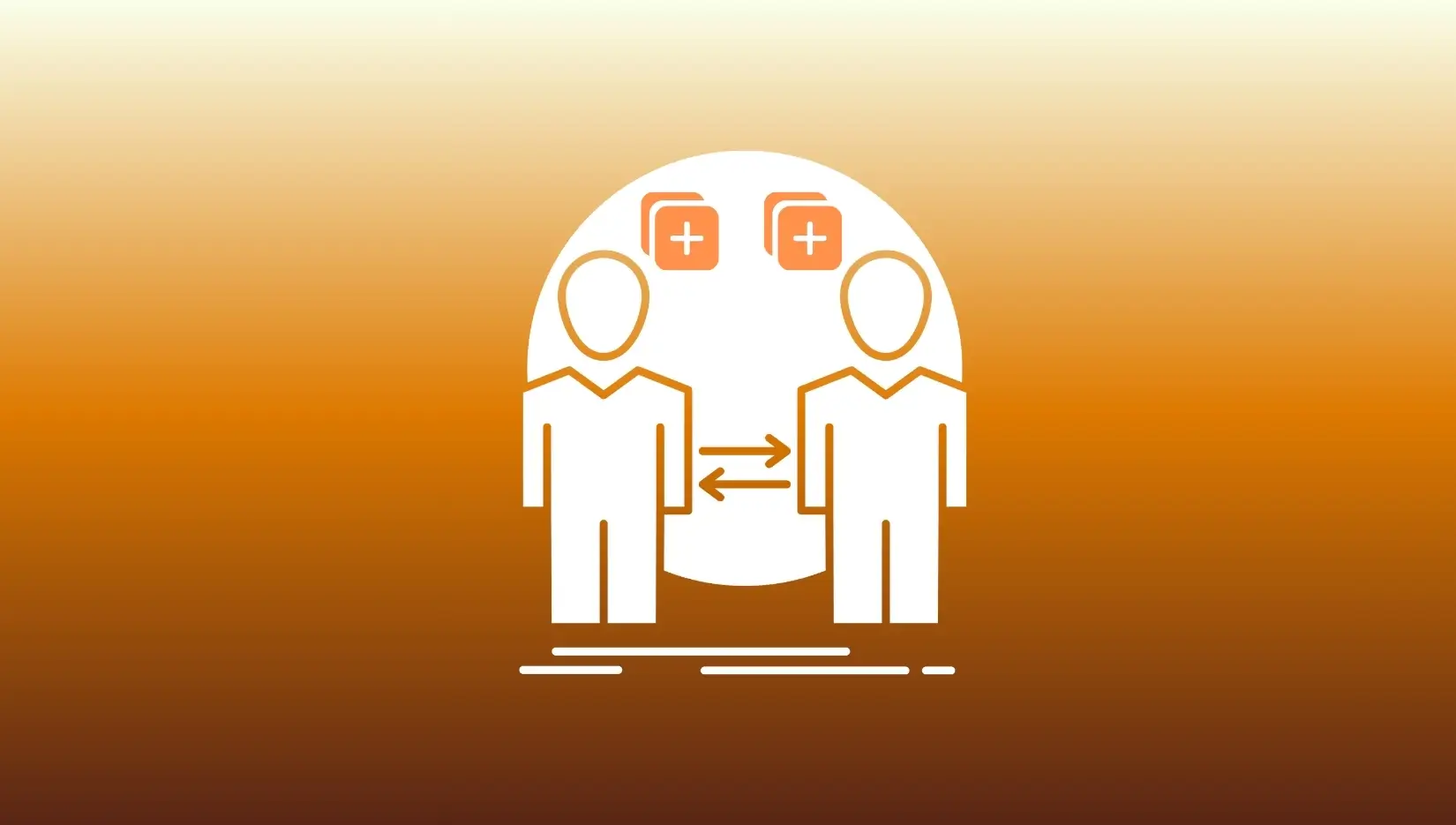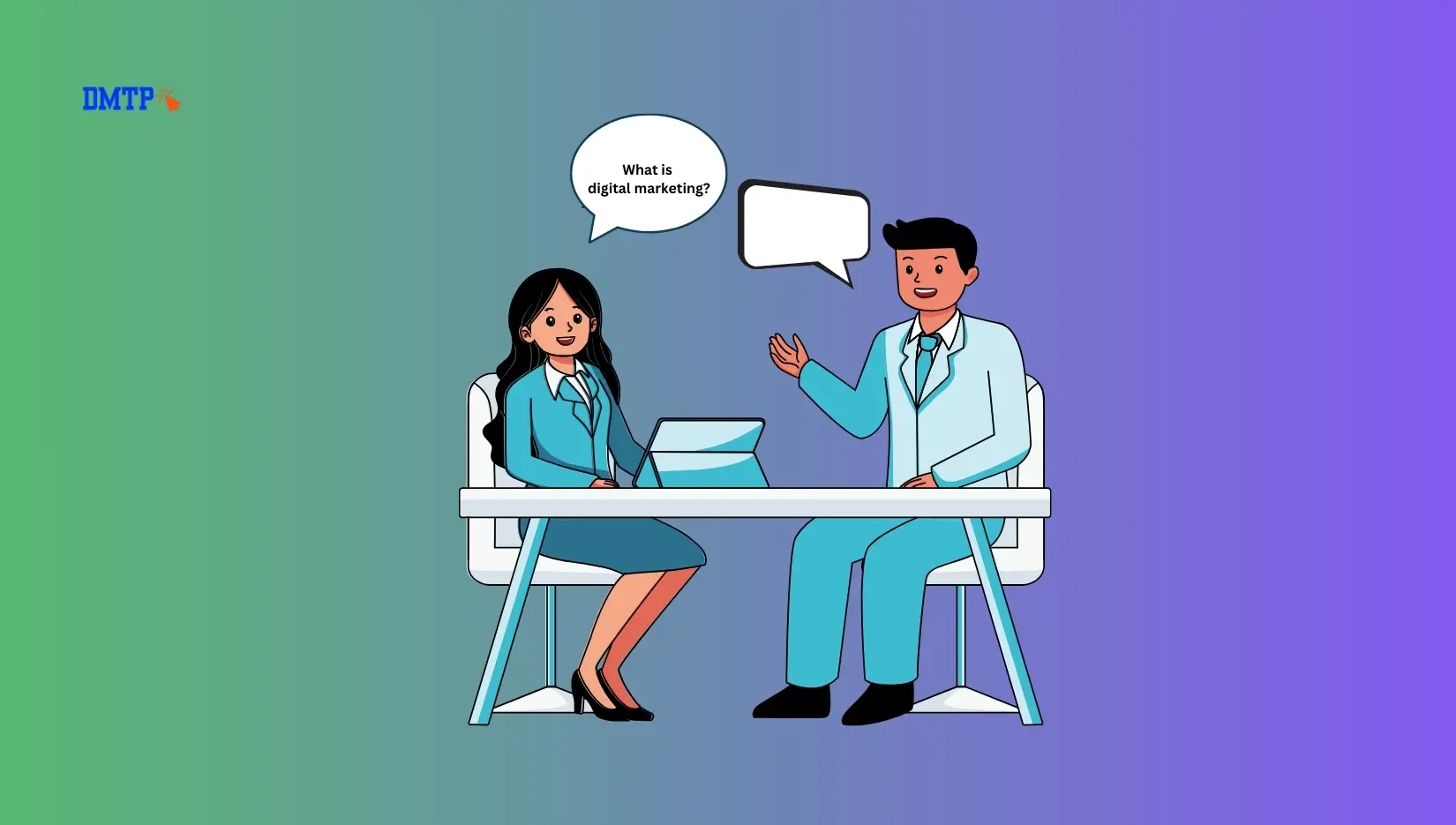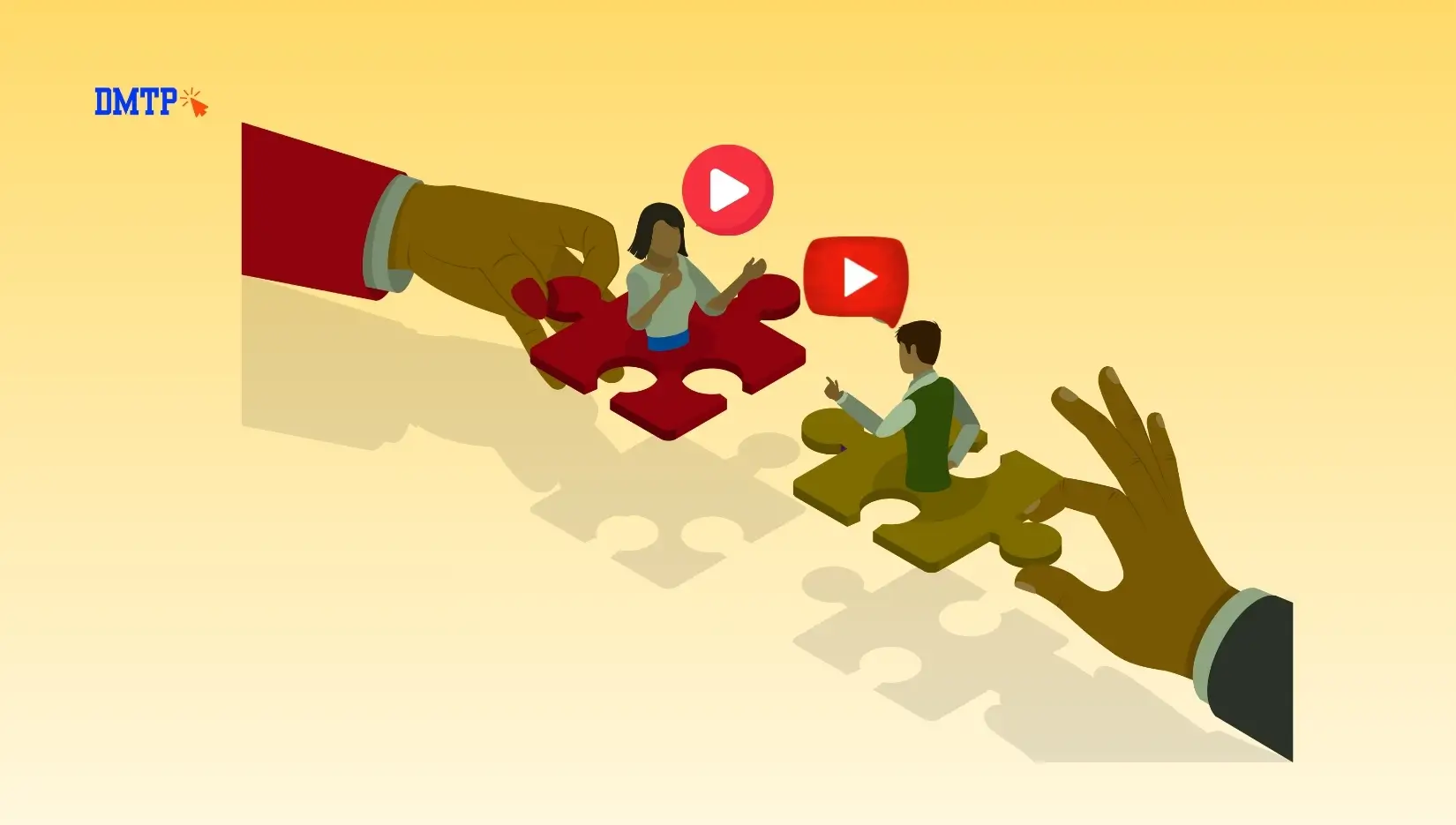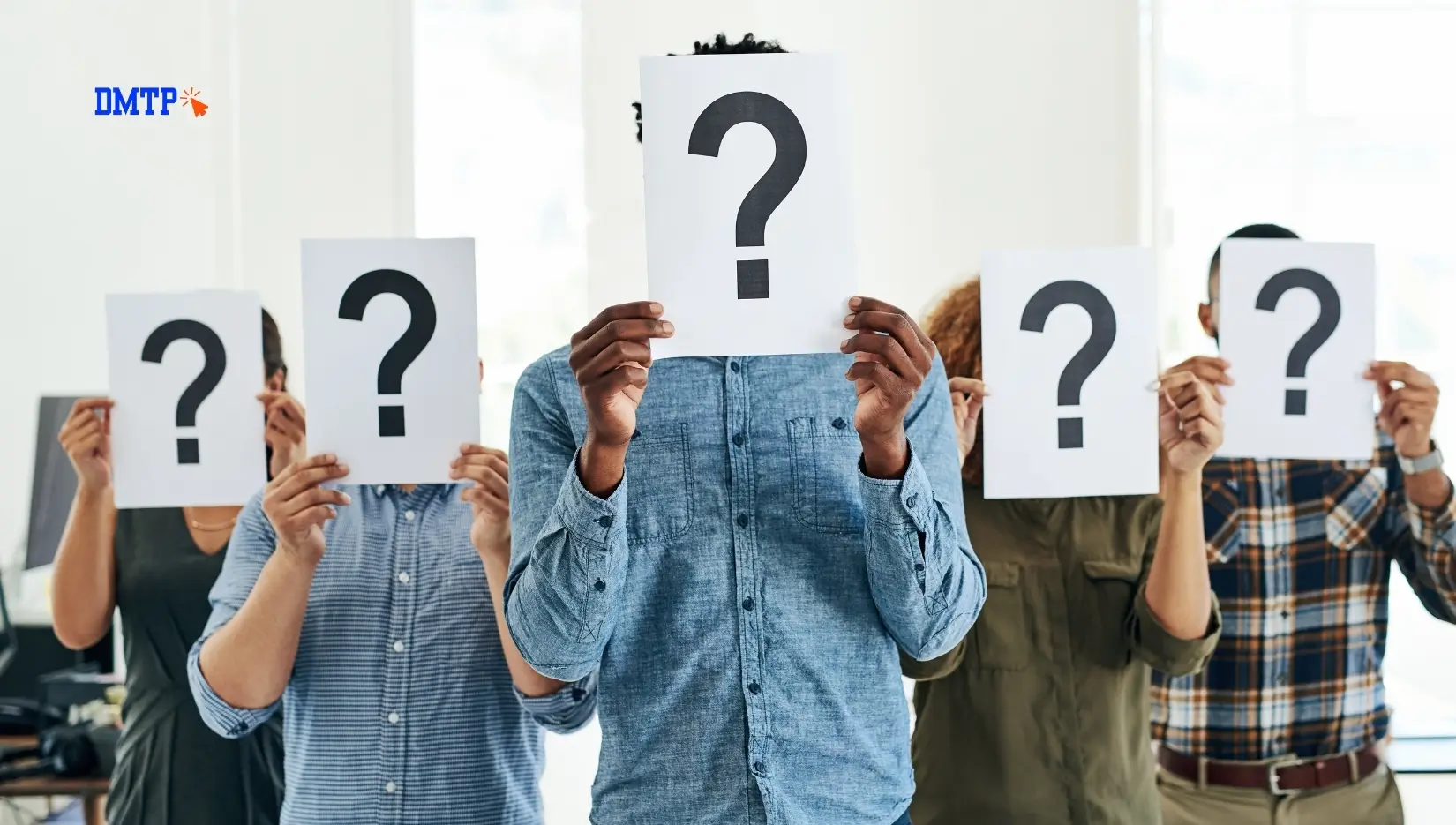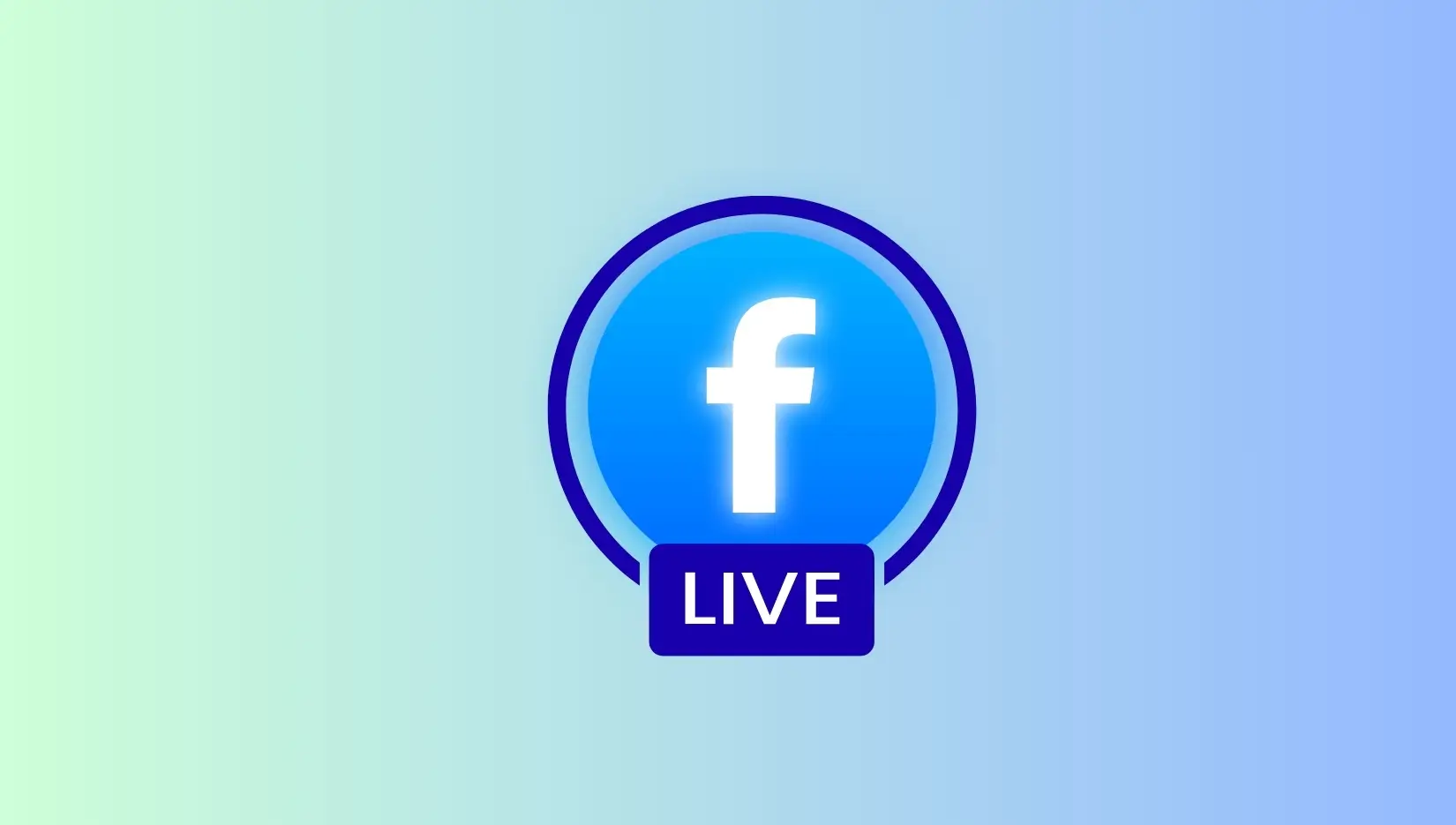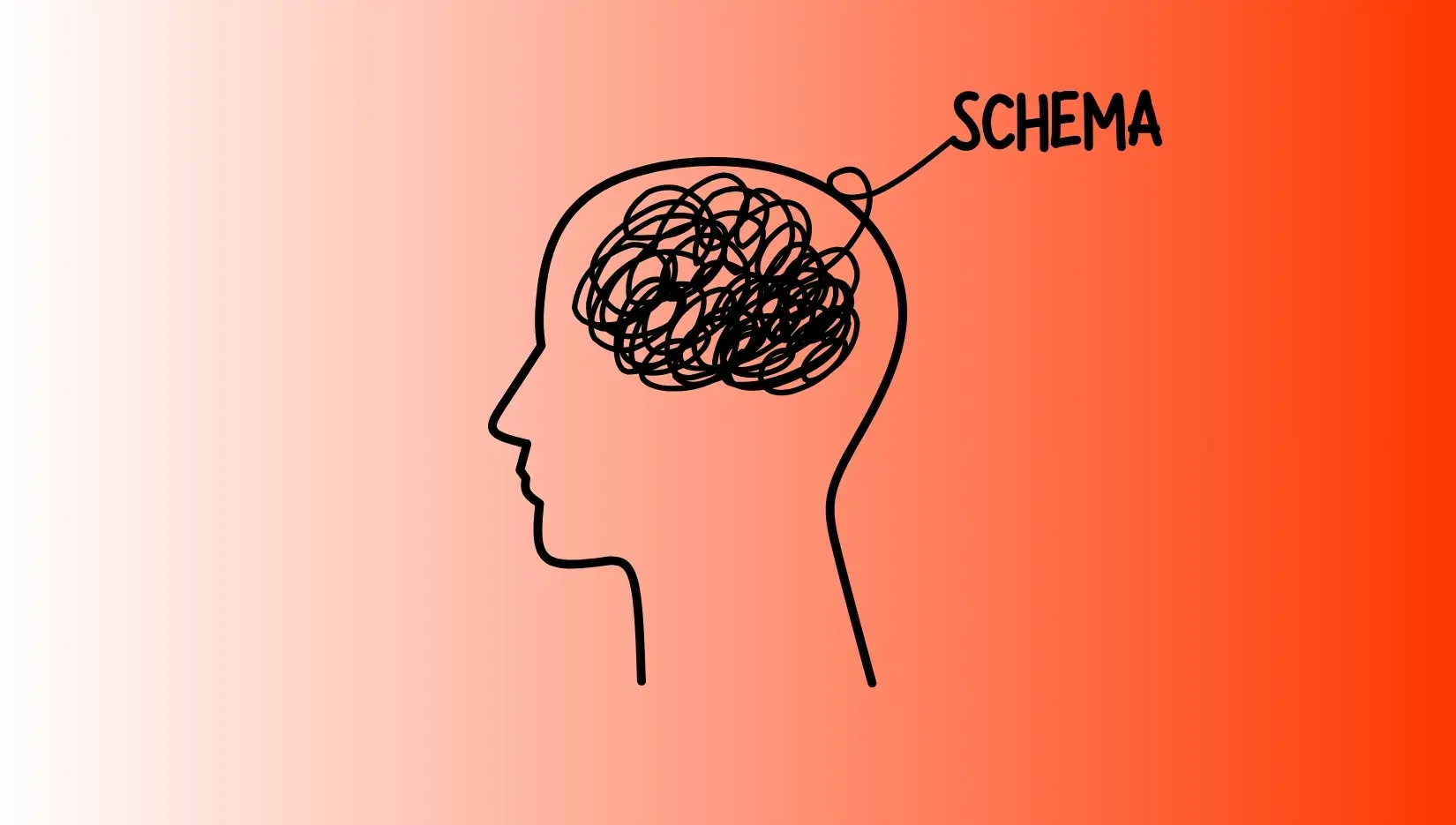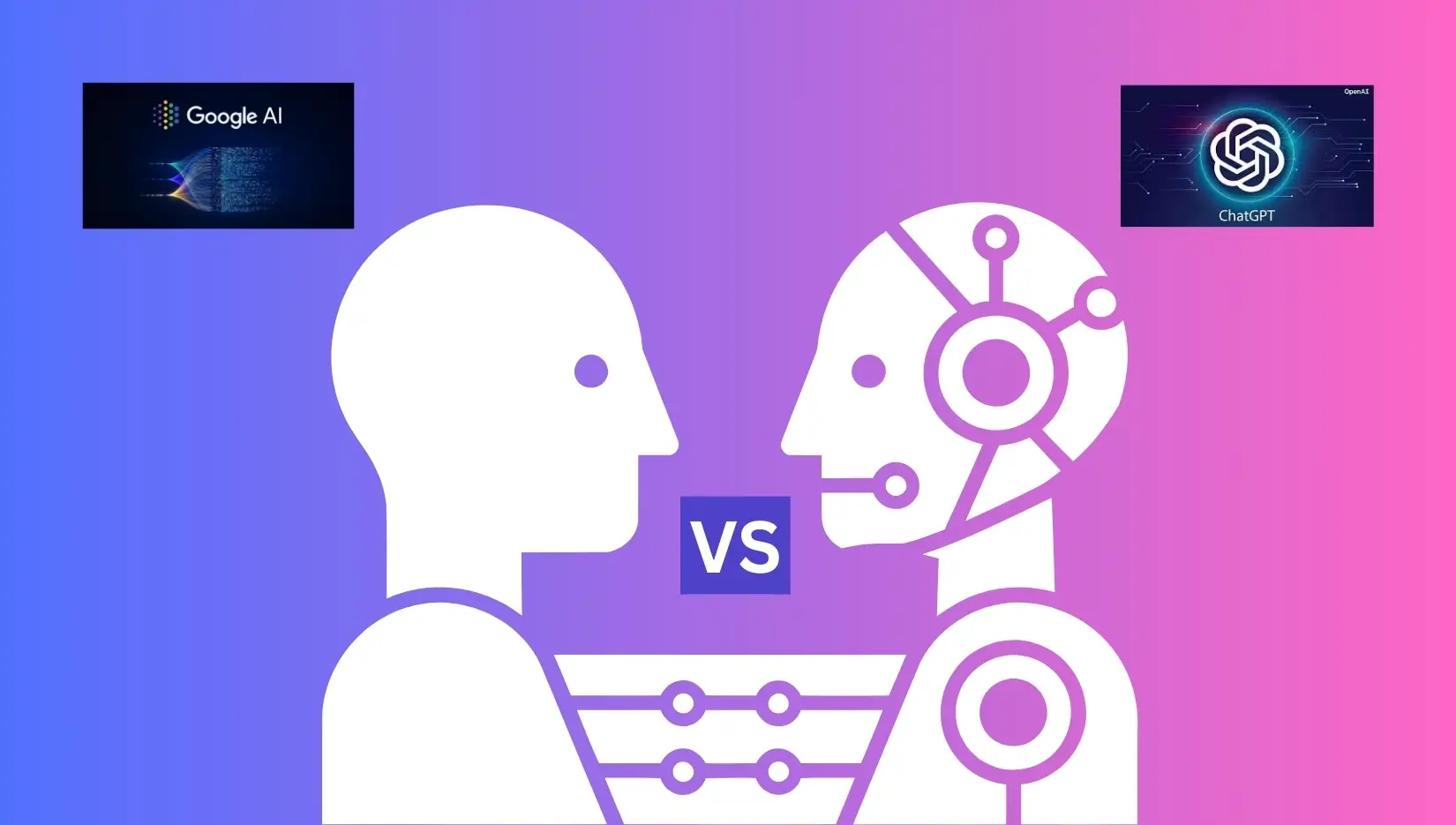Paid-per-click (PPC) advertising doesn’t mean spending money on Google and hope for clicks. It’s about getting the appropriate message to the appropriate user at the appropriate moment — and ensuring that every dollar is worth the money.
In 2025 the future will be a lot more complex, thanks to Google Ads powered by AI and an extremely competitive auction market and more intelligent users making it easier to create successful PPC campaigns will require more than just a few keywords tweaks. It is essential to have an first-person strategy that is in line with buyer needs, talks to the pain points of customers and utilizes automation without being a blind follower.
This guide will show you how you can do that regardless of whether you’re coordinating the local portion of a campaign that is $1,000 per month, or expanding an enterprise budget to 10 countries.
Why Most PPC Campaigns Still Fail in 2025
Despite automated systems, machine learning and the countless YouTube tutorials, many campaigns fail to make a profit. Why?
Common Pitfalls:
- Missing Intent: Keywords that are targeted by the program don’t exactly match what users are actually searching for.
- Poor Offer Positioning If the value of your offer isn’t immediately apparent, buyers bounce.
- Not paying attention to Post-Click Experience Ads that are effective drive traffic, but poorly designed landing pages can hurt ROI.
- Automation Overdependence: Intelligent Bidding as intelligent as the information the system is fed.
The bottom line: Ads don’t exist in isolation. Each click must be a part of a bigger, well-oiled funnel.
What’s New in Google Ads for 2025?
To be profitable, you must stay current. Below are most important updates that will shape PPC 2025:
1. AI-Driven Search Journeys (SGE)
Google’s Search Generative Experience (SGE) rewrites how people find products. Advertisements now show in conjunction with AI summary. If your advertisement doesn’t provide the answer to a genuine user’s query then it is ignored.
TIP: Use question-based headlines (“How do I reduce the cost of delivery?”) to align with searcher requirements.
2. Value-Based Bidding Is the New Standard
The mere tracking of conversions won’t do it. Google is keen to understand the value of every turn is. Import offline sales data, assign revenue figures and optimize for profit – not only volume.
3. First-Party Data Is King
customer match list, CRM syncs and web-based visitor information are now superior to the broad keywords targeting. Relevance is the reward. Privacy-first targeting blind.
4. Responsive Search Ads Aren’t Set-and-Forget
They’re Google’s default. However, the performance is impacted in the event that you don’t test, pin as well as rotate the headlines. Your most effective messages shouldn’t be a gamble.
How to Build a Profitable Google Ads Campaign in 2025
We’ll break this down step by step.
Step 1: Define a Specific, Measurable Goal
What do you need to accomplish? An online form? A call that is booked? A sale?
All of your efforts (ads and the landing pages, and targeting) in line with the one purpose.
Step 2: Map Intent to Campaign Type
| Funnel Stage | Campaign Type | Example Use |
|---|---|---|
| High Intent | Search, Performance Max | “Buy running shoes” |
| Mid-Funnel | Display, Discovery, YouTube | “Best shoes for marathons” |
| Top-Funnel | YouTube Shorts, Remarketing | “Why my feet hurt after running” |
Step 3: Build Ad Groups Around Pain Points
Don’t only go after “CRM software.” Instead:
- “Simplify lead follow-up”
- “Stop losing sales contacts”
- “Affordable CRM for small teams”
Use the language of the user.
Step 4: Match Landing Page to Ad Promise
Nothing destroys trust faster than inconsistent information. If your ad states “Free Demo,” your website should provide exactly the same thing.
Optimize for conversion
- The clear CTA just above the fold
- Eliminate extra form fields
- Mobile-first design
- Rapid load rate (<2.5 seconds)
Step 5: Set Up Proper Conversion Tracking
Make use of Google Tag Manager or enhanced conversions to track actual results.
Professional Tip Transfer data directly from CRM system to inform Google which conversions are most important to you.
Step 6: Launch Small, Optimize Fast
Begin with:
- 3-5 ad variations per group
- 2+ audience types (e.g., remarketing + affinity)
- Split testing can maximize conversions. CPAs that you are aiming for.
Remove underperformers on a weekly basis. Scale up winners slowly.
Advanced PPC Optimization Techniques (That Actually Work)
Use the Search Terms Report Weekly
Reduce wasted expenditure by using negative keywords.
Prioritize Performance by Segment
Higher bid on:
- Top-converting destinations
- High-ROAS devices (often mobile)
- Times of peak (based on information)
Layer Audience Targeting
Then, you can stack them on the search results:
- Remarketing on websites
- Similar audiences
- In-market and life event indicators
Test Landing Pages Relentlessly
Even minor modifications (headline text, CTA color, testimonial positioning) can boost CVR by 20-45%..
Analyze Competitor Overlap
Make use of Auction Insights for a look at:
- Who’s competing with your keywords?
- In which they’re overtaking you
Adjust bidding and messaging accordingly.
Smart Budgeting Tips for Profit-First PP
It is easy to overspend. Profiting from it isn’t easy. Here’s how you can make it work.
- Start with a small amount Try it using 10% to 20% of your monthly budget
- Cap-budgets Stop spending too much while conducting tests
- Do not use Perform Max until there is reliable conversion data
- Do not scale until you’ve hit 2-3x ROAS in more than 14 days
How to Scale a PPC Campaign That Works
If you’ve found an effective combination (ad with a keyword, page) Then, you can scale it methodically:
- Expand to new locations or new languages
- Budget to increase by not less than 20% per 3 days
- Make sure to introduce new ideas regularly to avoid advertising fatigue
- Place winning campaigns into the Performance Max to expand reach
Scaling doesn’t mean spending money. It’s about reliability and signal strength.
How AI Is Transforming PPC in 2025
AI is now incorporated throughout PPC However, it’s only as good as the inputs you provide.
Where AI Helps:
- Bidding Smart Bidding adjusts to changing user behavior in real-time
- Creative Automatically tests ad variations
- Targeting: Identifies new high-value audiences
Where Humans Still Win:
- Strategy You are the only one who knows the pain points of your customers
- Messaging Empathy and nuance outdo AI-generated copy
- Offering Design Excellent offers stem from understanding your target market
2025 conclusion The takeaway is: Let AI manage the math. You decide on the significance.
FAQs: PPC in 2025
What’s the best method to begin with a Google Ads campaign in 2025?
Set a clear and concise purpose for your business, ensure that your marketing strategy is in line with your users’ expectations, and ensure that conversion tracking is up and running from the first day.
What is the impact of AI? AI impact PPC Today?
AI aids in the automation of bidding, audience-targeting, and ad testing, but it requires high-quality human input for it to be efficient.
Do I have to handle PPC myself or employ an agency?
When your spending is less than $5K per month, DIY can work with the right training. For larger budgets agencies can provide valuable expertise and efficiency.
What frequency should I re-optimize my marketing campaigns?
The new campaigns should be reviewed every week at a minimum. Campaigns that are already in place can be viewed bi-weekly and have daily check-ins in peak times.
What are the most significant Google PPC updates in 2025?
Search Generative Experience (SGE) Bidding based on value, the power of first-party audience data are altering the way campaigns perform.
Also Read: How to Run Google Ads: Step-by-Step Campaign Setup for Beginners